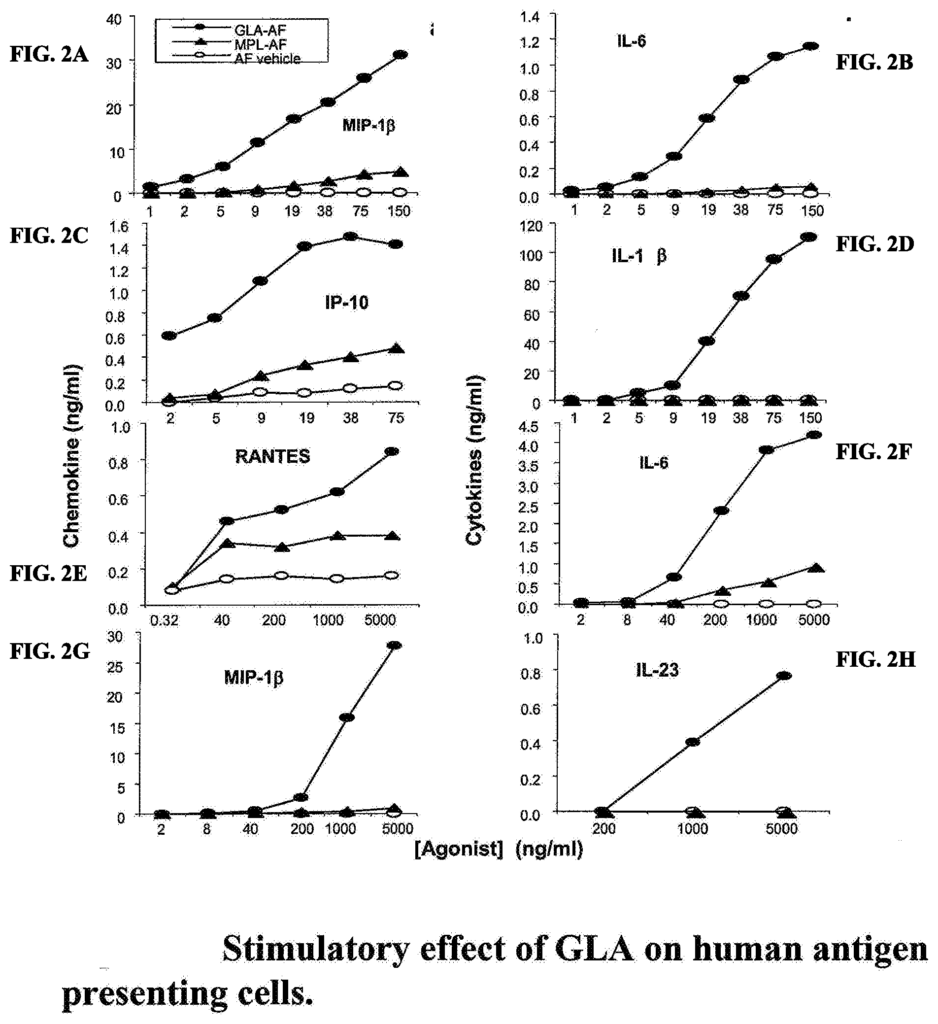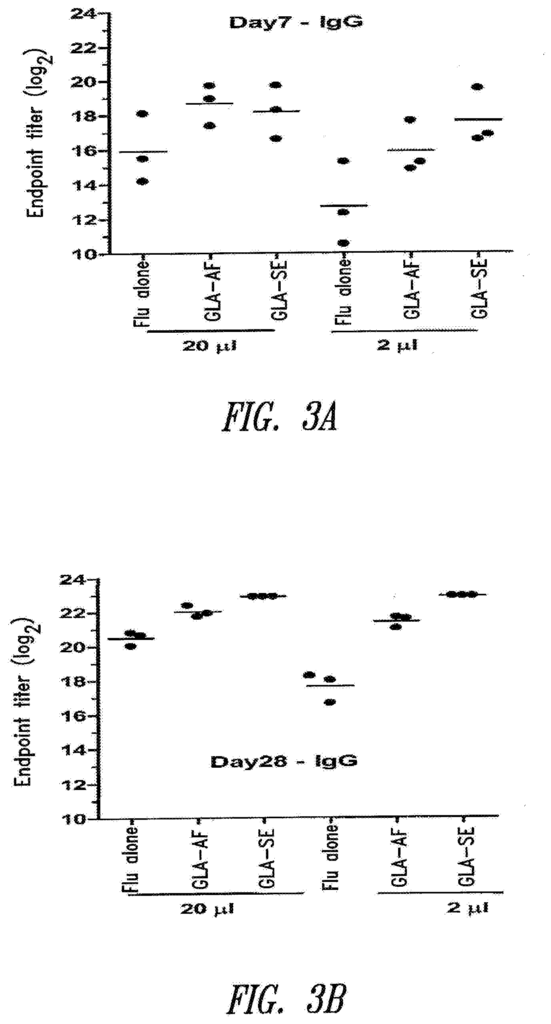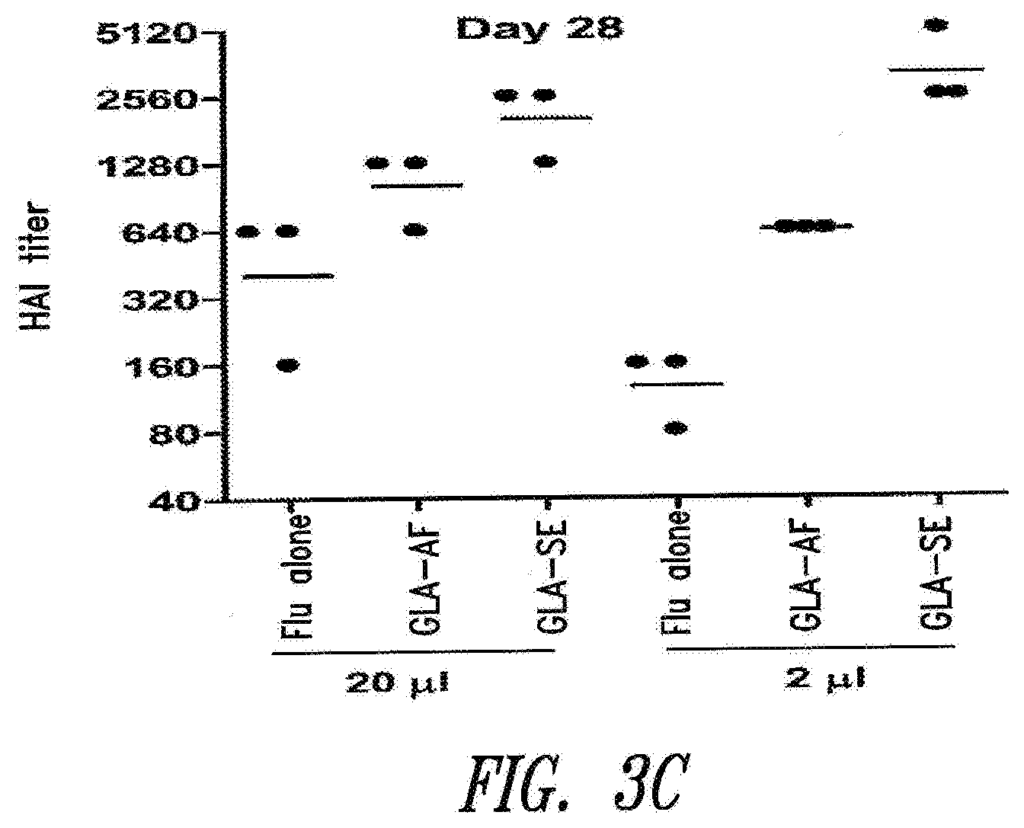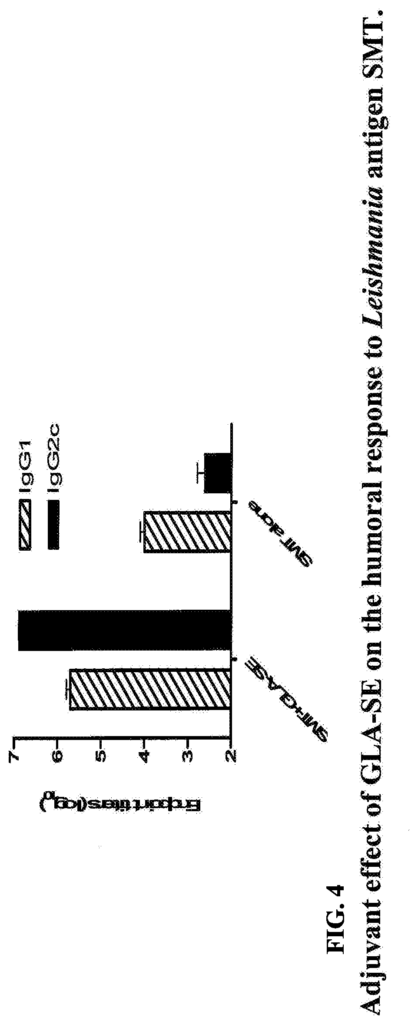Invented by Steven G. Reed, Darrick Carter, Access To Advanced Health Institute
Traditionally, adjuvants used in vaccines were derived from natural sources such as mineral salts or oil-based substances. However, advancements in biotechnology and synthetic chemistry have led to the development of synthetic adjuvants that offer several advantages over their natural counterparts.
One of the key advantages of synthetic adjuvants is their ability to induce a strong and specific immune response. These adjuvants can be designed to target specific immune cells or pathways, resulting in a more targeted and efficient immune response. This specificity is crucial in developing vaccines against complex diseases such as cancer or viral infections.
Moreover, synthetic adjuvants can be easily manufactured in large quantities, ensuring a stable supply for vaccine production. This scalability is particularly important during global health emergencies or pandemics when there is a need to rapidly produce and distribute vaccines on a large scale.
Another advantage of synthetic adjuvants is their improved safety profile. Natural adjuvants can sometimes cause adverse reactions or side effects, leading to concerns about their safety. Synthetic adjuvants, on the other hand, can be carefully designed and tested to minimize any potential risks or side effects. This enhanced safety profile is crucial in gaining regulatory approvals and public acceptance for new vaccines.
The market for methods for using a composition of vaccine containing synthetic adjuvants is driven by the increasing prevalence of infectious diseases and the need for more effective vaccines. The ongoing COVID-19 pandemic has further highlighted the importance of vaccines and the urgent need for innovative adjuvants that can enhance vaccine efficacy.
Several pharmaceutical companies and research institutions are actively involved in developing and commercializing synthetic adjuvants for vaccines. These companies are investing heavily in research and development to improve the understanding of immune responses and develop novel adjuvants that can be incorporated into vaccines.
In addition to infectious diseases, synthetic adjuvants also hold promise in the development of therapeutic vaccines for cancer and autoimmune diseases. The ability to modulate the immune response using synthetic adjuvants opens up new avenues for personalized medicine and targeted therapies.
However, despite the potential benefits, there are still challenges to overcome in the market for methods for using a composition of vaccine containing synthetic adjuvants. Regulatory approval processes can be lengthy and stringent, requiring extensive preclinical and clinical data to demonstrate safety and efficacy. Additionally, the cost of developing and manufacturing synthetic adjuvants can be high, limiting their accessibility in certain regions or for specific populations.
In conclusion, the market for methods for using a composition of vaccine containing synthetic adjuvants is witnessing significant growth due to the increasing demand for effective and safe vaccines. Synthetic adjuvants offer advantages such as improved immune response, scalability, and enhanced safety profile. With ongoing research and development efforts, the market is expected to expand further, leading to the development of innovative vaccines and improved public health outcomes.

The Access To Advanced Health Institute invention works as follows
Compositions, methods and vaccines, including pharmaceutical compositions, for inducing an immune response or enhancing it, are disclosed on the basis of immunological adjuvant characteristics discovered in a synthetic glycopyranosyl-lipid adjuvant, GLA, that is available in a substantially homogeneous state. Synthetic GLA is chemically defined and provides a consistent component for vaccines from one lot to the next without the variations in contaminants or activity which are present with natural adjuvants. “Vaccines and pharmaceutical compositions are also provided that include GLA, and at least one of an antigen and a Toll receptor (TLR), a coadjuvant, and a carrier, such as a pharmaceutical vehicle.

Background for Methods for using a composition of vaccine containing synthetic adjuvants
Field of Invention
Description of Related Art
BRIEF DESCRIPTION ABOUT THE VIEWS OF MANY DRAWINGS
GLA
Antigen
TLR
Co-Adjuvant
Recombinant Expression Construct
Immune Response
Pharmaceutical Compositions

EXAMPLES
Example 1
GLA Aqueous Formulation
Example 2
GLA HPLC Analysis
Example 3
GLA Oil Formulation
Example 4
GLA Stimulation” of Murine Macrophages, and Dendritic Cells
Example 5

GLA Stimulation of Human Macrophages

Click here to view the patent on Google Patents.

Leave a Reply